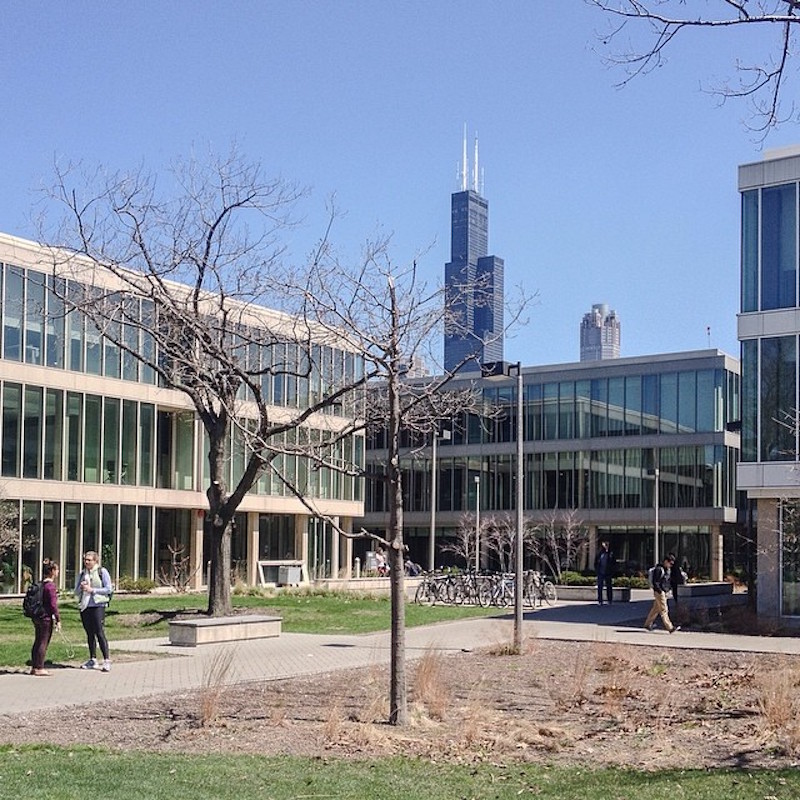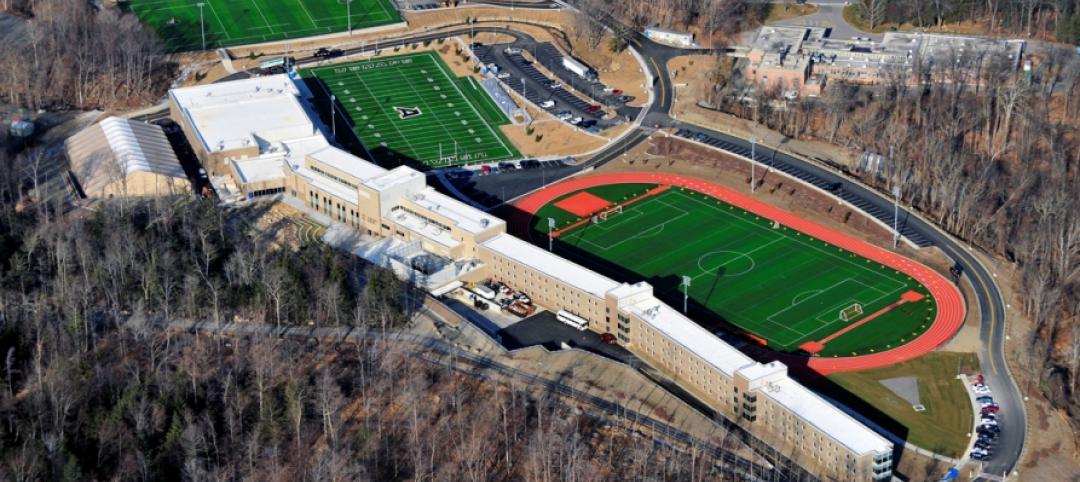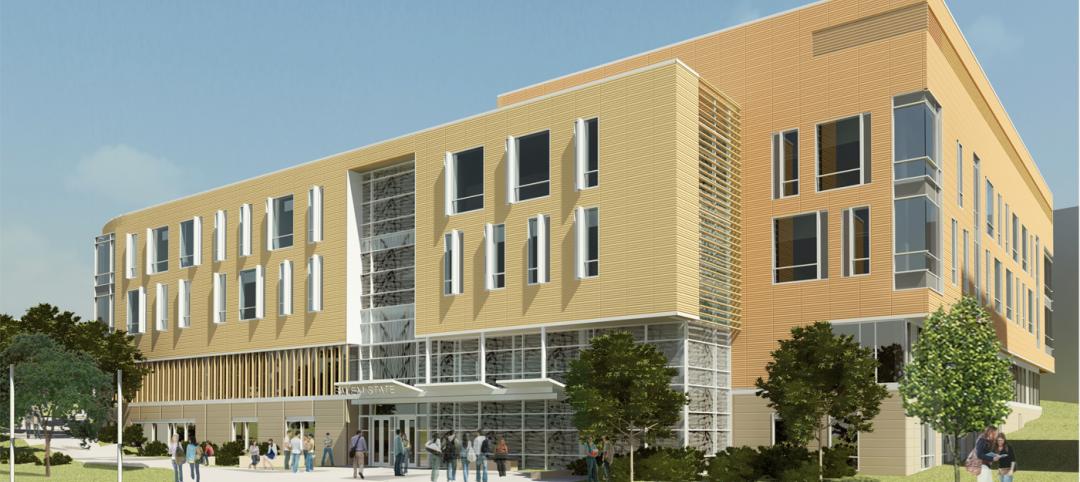To understand the wretched state of financial affairs at many of the nation’s public colleges and universities, one need look no further than The Prairie State.
Illinois is widely considered the worst-run state in the U.S. Crippling pension obligations, $150+ billion in debt and unpaid bills, deeply divided political leadership, the nation’s highest property taxes, all-time-high net out-migration population (105,217 in 2015), and, most alarming, a nearly two-year budget stalemate that has kept public and private businesses and institutions on edge. Sitting on $26 billion of outstanding general obligation bonds, Illinois claims the lowest credit rating among the states—BBB (Fitch Ratings), just two notches above the junk level—and, based on its present course, debt obligations are only going to worsen in the coming years.
The state’s public universities and colleges have been among the hardest hit by the budget impasse, losing (temporarily) as much as a third of their operating budget—all while dealing with flat or declining enrollment numbers. Illinois’ political and fiscal mess has left these institutions—especially the smaller, regional schools that can’t lean on private donors or sizable endowments to get by—gasping for air.
How can public institutions expect to survive and thrive in this turbulent environment? The answer, for one school anyways, is to think and act like entrepreneurs, to bypass the traditional funding and operational models—to escape forward.
Michael Amiridis, Chancellor of the University of Illinois at Chicago—one of just four public universities in the state that has seen enrollment grow in recent years—coined the term when describing the school’s strategies for growth. They include a mix of belt-tightening tactics—including reorganizing internal operations to improve efficiencies and reduce costs—and creative public-private partnerships, not only for capital infrastructure, but also for vital operations areas, like international student recruiting and online degree program delivery.
“We are using private capital to build the necessary infrastructure, whether it is human services, such as a global network of student recruiters, or capital projects, such as a new complex including dormitories and classrooms,” Amiridis wrote in a April 13 letter to Crain’s Chicago Business. He says the school is looking to create “reliable revenue streams” through infrastructure projects that offer a solid ROI and that will payoff for years to come.
To be sure, not all public schools face such chaos. Illinois offers the most extreme case. But enterprising institutions like UIC offer a path forward during an era when state and local government budgets across the nation are under heavy scrutiny. Colleges and universities would be wise not to expect a windfall of public funds anytime soon. Escape forward!
Related Stories
| Mar 20, 2012
Stanford’s Knight Management Center Awarded LEED Platinum
The 360,000-sf facility underscores what is taught in many of the school’s electives such as Environmental Entrepreneurship and Environmental Science for Managers and Policy Makers, as well as in core classes covering sustainability across the functions of business.
| Mar 19, 2012
HKS Selected for Baylor Medical Center at Waxahachie
Baylor Medical Center at Waxahachiewill incorporate advanced technology including telemedicine, digital imaging, remote patient monitoring, electronic medical records and computer patient records.
| Mar 14, 2012
Tsoi/Kobus and Centerbrook to design Jackson Laboratory facility in Farmington, Conn.
Building will house research into personalized, gene-based cancer screening and treatment.
| Mar 6, 2012
EwingCole completes first design-build project for the USMA
The second phase of the project, which includes the academic buildings and the lacrosse and football fields, was completed in January 2012.
| Mar 6, 2012
Joliet Junior College achieves LEED Gold
With construction managed by Gilbane Building Company, Joliet Junior College’s Facility Services Building combines high-performance technologies with sustainable materials to meet aggressive energy efficiency goals.
| Mar 1, 2012
Cornell shortlists six architectural firms for first building on tech campus
Each of the firms will be asked to assemble a team of consultants and prepare for an interview to discuss their team’s capabilities to successfully design the university’s project.
| Mar 1, 2012
Bomel completes design-build parking complex at U.C. San Diego
The $24-million facility, which fits into a canyon setting on the university’s East Campus, includes 1,200 stalls in two adjoining garages and a soccer field on a top level.
| Feb 28, 2012
Salem State University Library & Learning Commons topped off
When it opens to students in the fall of 2013, the $60 million facility will offer new archival space; circulation and reference areas; collections; reading spaces; study rooms; instruction labs and a Dean’s suite.
| Feb 28, 2012
Griffin Electric completes Medical University of South Carolina project
The 210,000-sf complex is comprised of two buildings, and houses research, teaching and office areas, plus conference spaces for the University.
| Feb 14, 2012
Angelo State University opens doors to new recreation center expansion
Designed by SmithGroup, the JJR_Center for Human Performance offers enhanced fitness options, dynamic gathering space.

















